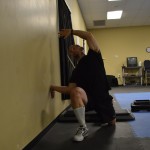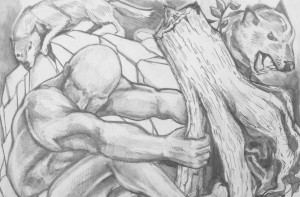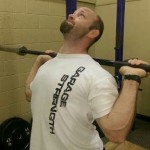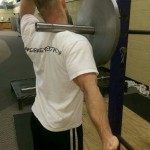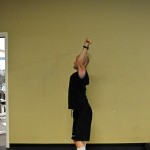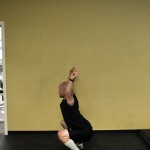When Static Stretches Stop Working.
My sister introduced me to the term barbell yoga. I think it is a pretty good term that relates to the idea of increasing range of motion within the area of weightlifting. What I think can be gained from yoga is the idea of maintaining a static stretch position in an isometrically contracted posture.
In college I was introduced to the concept of cardinal planes of movement (sagittal, frontal, and transverse). In algebra Descartes helped express these planes in X,Y, and Z . All that being said there is a sort of symmetry that is promoted and in athletic movement patterns. In yoga there are poses called the warrior pose along with Anjaneyasana, in Karate there is Zenkutsu Daschi in weightlifting there is the lift called the split jerk, a less dynamic movement called the split squat along with variations of lunges. Each of these types of movements promote hip flexor range of motion. All of these similar patterns create muscular integrity at length or within the end range of motion of the hip flexor.
In weightlifting an isometric hold would be added to demonstrate the length to the target muscle along with demonstrating postural length globally. A time frame of 1-5 second would suffice when using a weight. In addition to strengthening the body in the position a certain amount of muscular endurance can be gained. Acquiring strength at length can help to maintain the postural integrity along with relieving minor issues provided an individual works to correct and balance both sides. In conclusion opening a range of motion through static stretching can help provide range, but will likely not sustain it. However training a range of motion provides the best of both worlds.
A special thanks to Coach Banda for allowing me to use his archive of videos.

